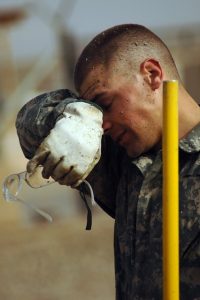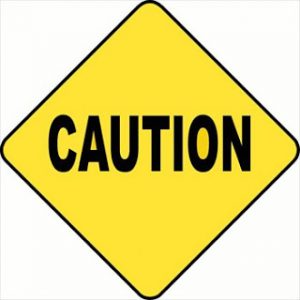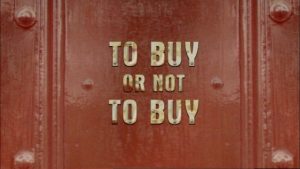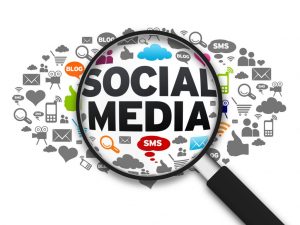 Safety signage plays a key role in protecting your workers. To make the most effective use of these warnings in your facility, and comply with OSHA regulations, be sure all employee are familiar with the three colors of workplace signs and pictographs so they can recognize the degree of danger (or safety) even if they don’t have time – or aren’t able – to read the specific message.
Safety signage plays a key role in protecting your workers. To make the most effective use of these warnings in your facility, and comply with OSHA regulations, be sure all employee are familiar with the three colors of workplace signs and pictographs so they can recognize the degree of danger (or safety) even if they don’t have time – or aren’t able – to read the specific message.
Here’s how the system works:
Red stands for danger. Red danger signs and tags, with contrasting black or white lettering, are used in areas where an immediate, serious hazard that can cause death or serious injury exists. Flammable liquid containers are usually colored. Red markings are also used for some safety equipment, such as emergency stop bars, buttons, and switches.
Yellow stands for caution. Yellow and black caution signs and tags warn about potential hazards or unsafe practices that could cause minor injuries. Wet floors, radiation, and “Do Not Enter” signs are colored yellow
Green is for safety. Safety instruction signs have a white background, a green panel, and black and white letters or markings. They provide general safety information. For example, to mark the location of emergency exits, first-aid kits, and safety equipment.
These pictographs or graphic signs are usually self-evident. However, to make sure that all workers understand their meaning, review them in a safety meeting, and then give them a quiz to ensure they can match the hazard to the graphic. The workplace safety professionals at our agency would be happy to help you review your signage policy. Give us a call at any time.














